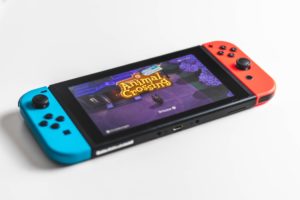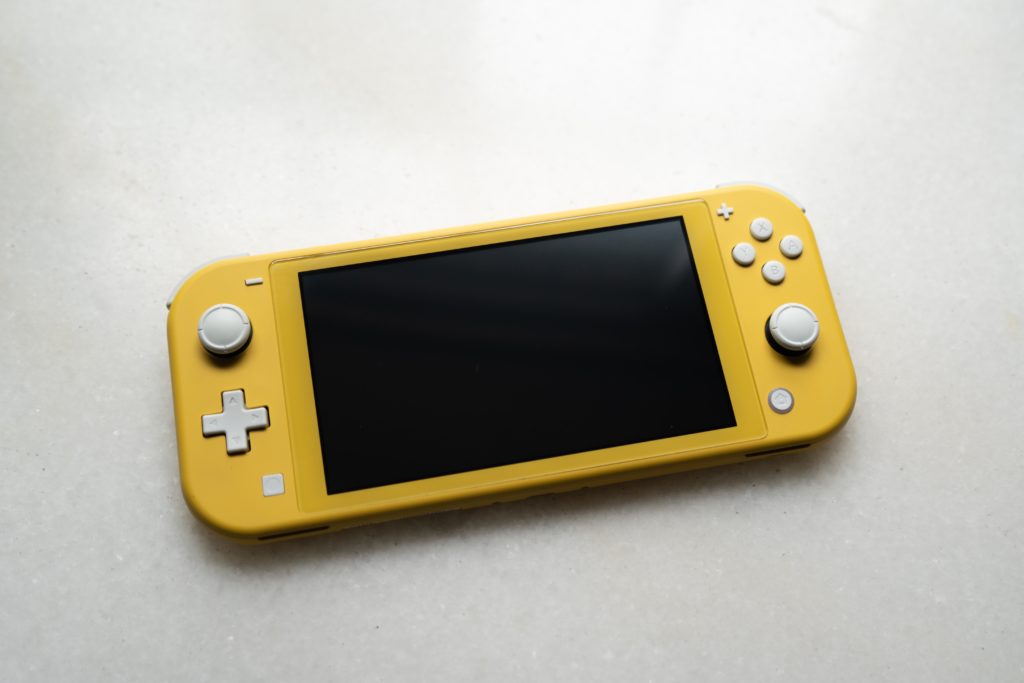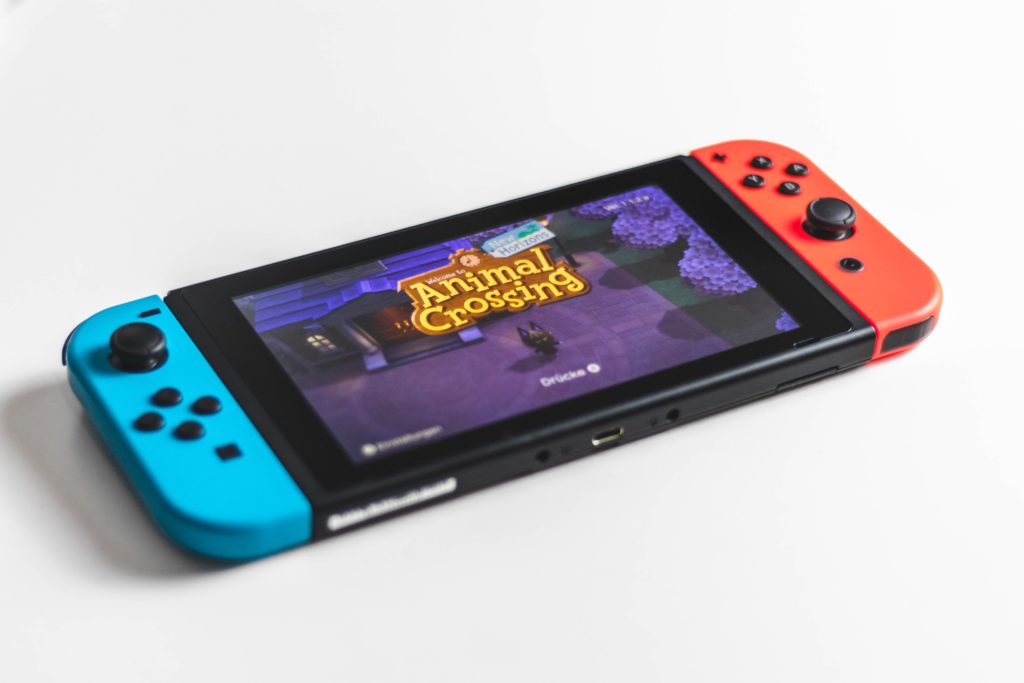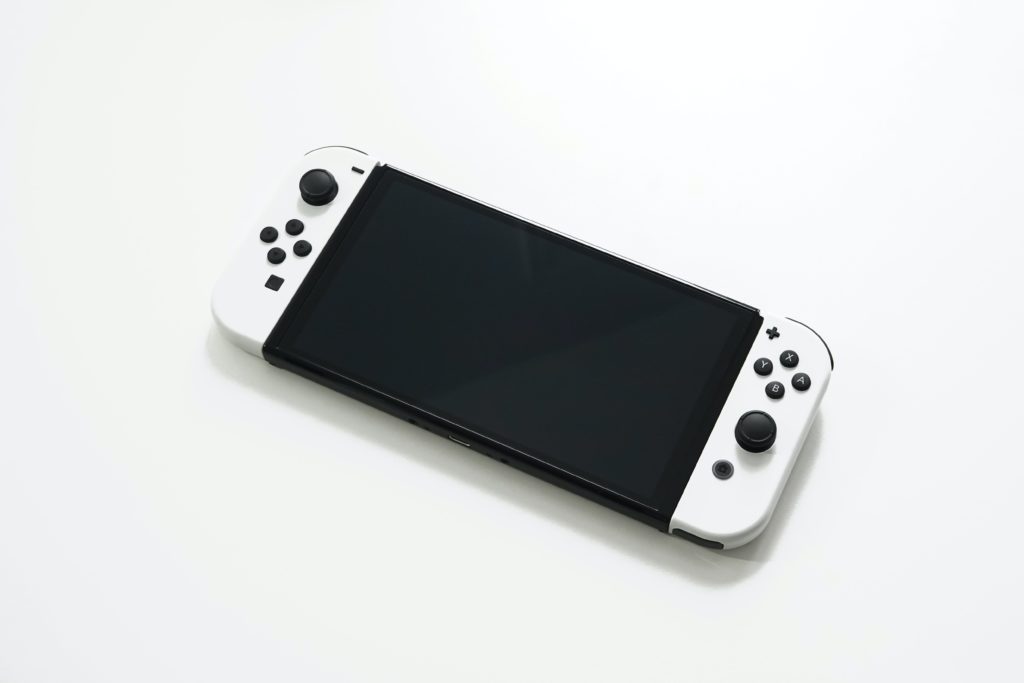Which Nintendo Switch model should I choose?

There are multiple Nintendo Switch models most of which have similar capabilities, however some models have subtle differences which may not be immediately evident. When considering a purchase, particularly if you’re considering the Switch Lite or second hand purchase of the regular Nintendo Switch (as the v2 has significant improvements) it’s important to understand these differences. This article is written for those who want to buy a Nintendo Switch but aren’t sure which model to go for.
Personally I was very tempted to go for the Switch Lite at first then realised how big of a mistake that would have been for my use case, for you however it might be perfect so please read on and I’ll cover the pros and cons of each model. The biggest consideration I think for anyone making a purchase is that the Switch Lite is only really well suited to handheld use and cannot be docked or used on a TV in any practical manner. If multiplayer on a single console is a consideration then the regular/OLED model is probably the way to go as it can be quite impractical in handheld mode.
Note: To better differentiate between Nintendo Switch models I’ll refer to the model that isn’t the Switch Lite or Switch OLED as the “regular” Switch as it can be a tad confusing given that all models can be referred to as a Nintendo Switch but it also refers to a specific model and calling it the original switch didn’t feel right due to the v2 model which is a “regular” Switch but it has better battery life than the Lite.
Nintendo Switch Lite

The entry level model, if it’s suitable for you it’s probably an awesome option and might save you a good few dollars. It’s only really suitable for those wanting to use it handheld. Subjectively the seamless look of the in-built controller and the colour schemes available make these some of the best looking Switches available however they have some limitations:
- It can ONLY operate in hand-held mode it does not have the hardware required to output to a TV.
- There are no good workarounds to this issue.
- Seriously, the best one I’ve seen involved streaming using a camera to a TV.
- There are no good workarounds to this issue.
- As it does not support docked operation no dock is included (it doesn’t fit in the official dock either so do not purchase one for charging, some shorter aftermarket docks will fit however only charging is possible, video output is not physically possible on the Switch Lite via its USB-C port).
- Smallest screen of all models @ 5.5″.
- Some games cannot play in hand-held mode (but it’s a short list of titles).
- 32GB storage same as the regular Switch.
- SD card slot available for expansion.
- The Joy-cons cannot detach from the console.
- You can still pair controllers with it as you would any other switch.
- It does not have HD Rumble or motion controls.
- It does not have a kickstand (but purchasing a kickstand cases is always an option).
- Shortest quoted battery life (3-7 hours).
Nintendo Switch (referred to as the regular Switch within this article)

This one is the “normal” switch model, it does everything you’d expect a Switch to do. It’s suitable for those who want to play either hand-held or docked, it also can be suitable for table-top gaming however may not be quite as good for that use case as the OLED owing to the OLED’s better kickstand and larger screen.
- It can be played in handheld or docked modes.
- The included dock does not have an ethernet port so it relies on WiFi or if you require a wired connection to get good coverage where you’re docking your switch then you’ll need to purchase an appropriate ethernet adaptor.
- Plays all Switch games.
- 32GB storage + SD card slot available for expansion.
- The Joy-cons can detach and have HD Rumble & motion controls.
- It has a kickstand so can be played undocked sitting on a table (however it’s quite a small stand so probably is only suitable on stable surfaces).
- It includes a comfort grip which is more suitable sometimes when playing docked or free-standing as opposed to handheld. This grip cannot charge the Joy-cons whilst they’re attached to it. A separate charging grip is required.
- Moderate screen size @ 6.2″.
Switch Regular model – V1 vs V2
- The V2 has Longer battery life than Switch Lite (4.5-9 hours), the V1 has only 2.5-6.5 hours battery life (less than the Switch Lite).
- The V2’s Joy-cons have a change which should reduce the likelihood of Joy-con disconnection (a problem on the V1).
- The V2 has changes to the SoC and NAND used (however apparently no noticeable performance differences).
- The V2 has a different screen (reportedly looks better but may have issues if you’re using it outside with sun glasses).
Nintendo Switch OLED

This is the flagship model which does everything the regular Switch does but with a few additional features. This is the best for most switch use cases.
- 7″ OLED touch screen (the biggest of the switch line-up).
- OLED burn-in is reportedly NOT an issue (unlike some other devices where it can be).
- 64GB storage (vs 32GB for regular/Lite).
- SD card slot available for expansion (as with all other switch models).
- Dock includes an ethernet port built in so you can use WiFi or a cabled internet connection.
- The kickstand is much larger than on the regular model and runs most the length of the console.
- Battery life is reportedly the same as the regular V2 switch (4.5-9 hours).
- Unfortunately only a comfort grip (the same as the regular switch) is included as opposed to a charging grip (which would have been nice to include on their flagship model).
- Cartridge slot can be difficult to open on a new console without fingernails.
So which Switch should I choose?
Ultimately I think the decision comes down to the following questions:
- Do you care about gaming on a TV or need a kickstand?
- Is split-screen multiplayer important to you?
- Do you want to play the titles that the Switch Lite cannot play
- Are motion controls & rumble features important to you?
If you answered no to all of those questions then the Switch Lite is likely the way to go. If you answered yes to any of the above questions then I think the Switch OLED should generally be the go-to choice as the difference in price between it and the regular Switch is often less than $50 AUD (if you shop around) and the additional storage, larger screen, better kickstand, and better dock, well and truly justify the increase in price. The regular Switch is great if you want a fully featured switch but are on a tight budget.
As with any console it’s a good idea to look into accessory and game pricing prior to making a purchase. The Switch tends to be quite pricy on this front in many cases. Their online subscription however is probably the cheapest of the 3 big console manufacturers given it runs $29.95 AUD/year or $54.95 for families (up to 8 accounts).
Hopefully this article has helped you decide which console is the right choice for you.